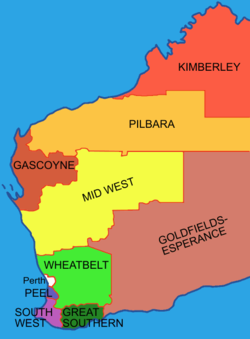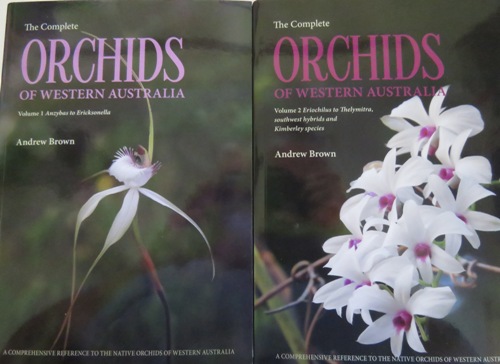Australia So Much to See


The following websites have been of particular assistance in identifying these wildflowers, with Florabase being used to check all for accuracy, range and up to date names.
Orchids of South West Australia - Chookman
Western Australian Native Orchid Study and Conservation Group
Roleystone Bushcare Flora Database (specific to the area and it includes weeds).
North Queensland Plants also includes a variety of Western Australian wildflowers. A site search for Western Australia will bring up a list of plant families.

See Next Pages for list of alien plants or non Western Australian native plants regularly seen in the bush.
Orchidaceae is the largest plant family in the world with around 30,000 known species worldwide, and flowers exhibit huge variations. It
is also one of the oldest. Orchids are dependent on pollinators as their pollen is in a sac or pollinia, so is not wind borne. Flowers have developed to mimic their pollinator to trick the insect into trying to mate with the flower, thus carrying the pollen
from flower to flower. See pollination of Pterostylis barbata, Bird orchid and Paracaleana nigrita, Flying Duck Orchid. Orchid flowers all contain male and female parts within the one flower.
All orchids have a labellum although it takes many forms
and may not be obvious. With Cryptostylis ovata, known as Slipper Orchid or Tongue Orchid what we see is really one
big upside-down labellum. Flowers are green and insignificant, with the obvious part being the reddish-brown labellum (tongue)
which is upside-down compared to most other orchids.
Sepals often look the same as petals on orchids, eg Thelymitra
genus in which flowers have three petals and three sepals alternating, creating a six petaled bloom. The lower petal is
the labellum. In the case of Thelymitra species, it is just the lowest of the six similar looking petals, whereas in Caladenia
species, the flower appears to have five petals plus a labellum in the centre of the flower. The labellum is actually a
modified petal on all orchids. The labellum can be thought of as a ‘landing pad’ for the insect pollinator.
Another
unique feature of orchids is the column. This comprises fused males parts (stamens) and female part (pistil) which is the pollen
receiver to conduct the pollen to the ovaries.
Books: For further detail of Orchids, I use the book "Field Guide to the Orchids of Western Australia" (2013) by Andrew Brown,
Kingley Dixon, Christopher French, Garry Brockman. ISBN 9780980348149. This is currently out of print, but may still be
available in some bookstores.
A more up to date book, Orchids of South West Australia by Noel Hoffman, Andrew Brown and Justin Brown (2019)
may still be available for purchase on line from Orchids WA.
The latest and greatest is a two volume set The Complete Orchids of Western Australia by Andrew Brown. Released in August 2022, the first print run sold quickly. A further printing will be made. This can be obtained direct. Email Andrew Brown or Kevin Uhe for an order form.
